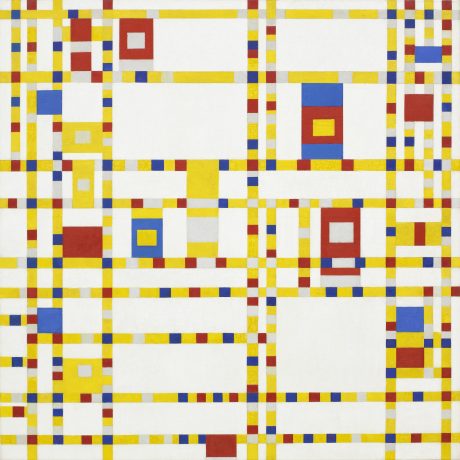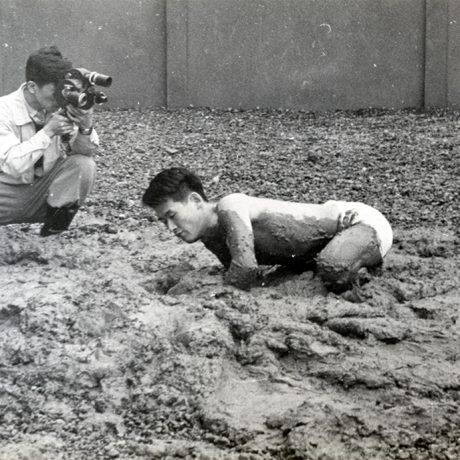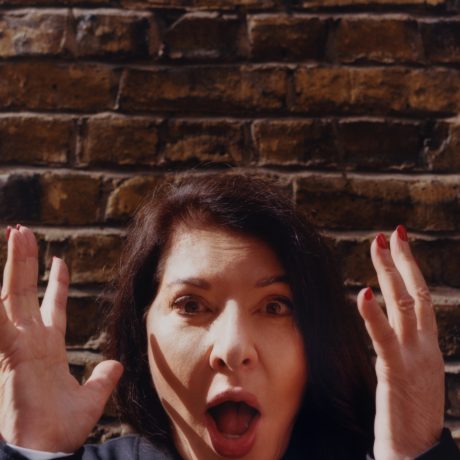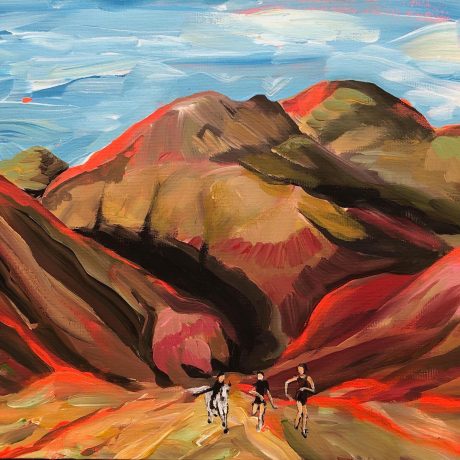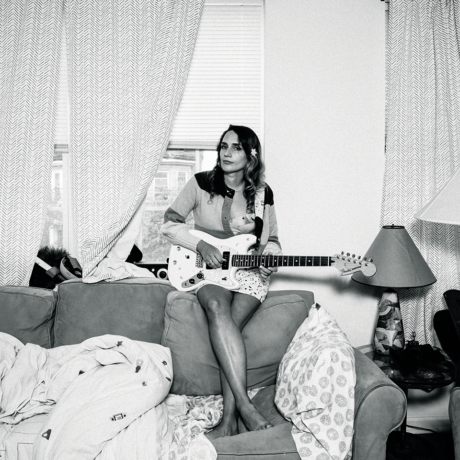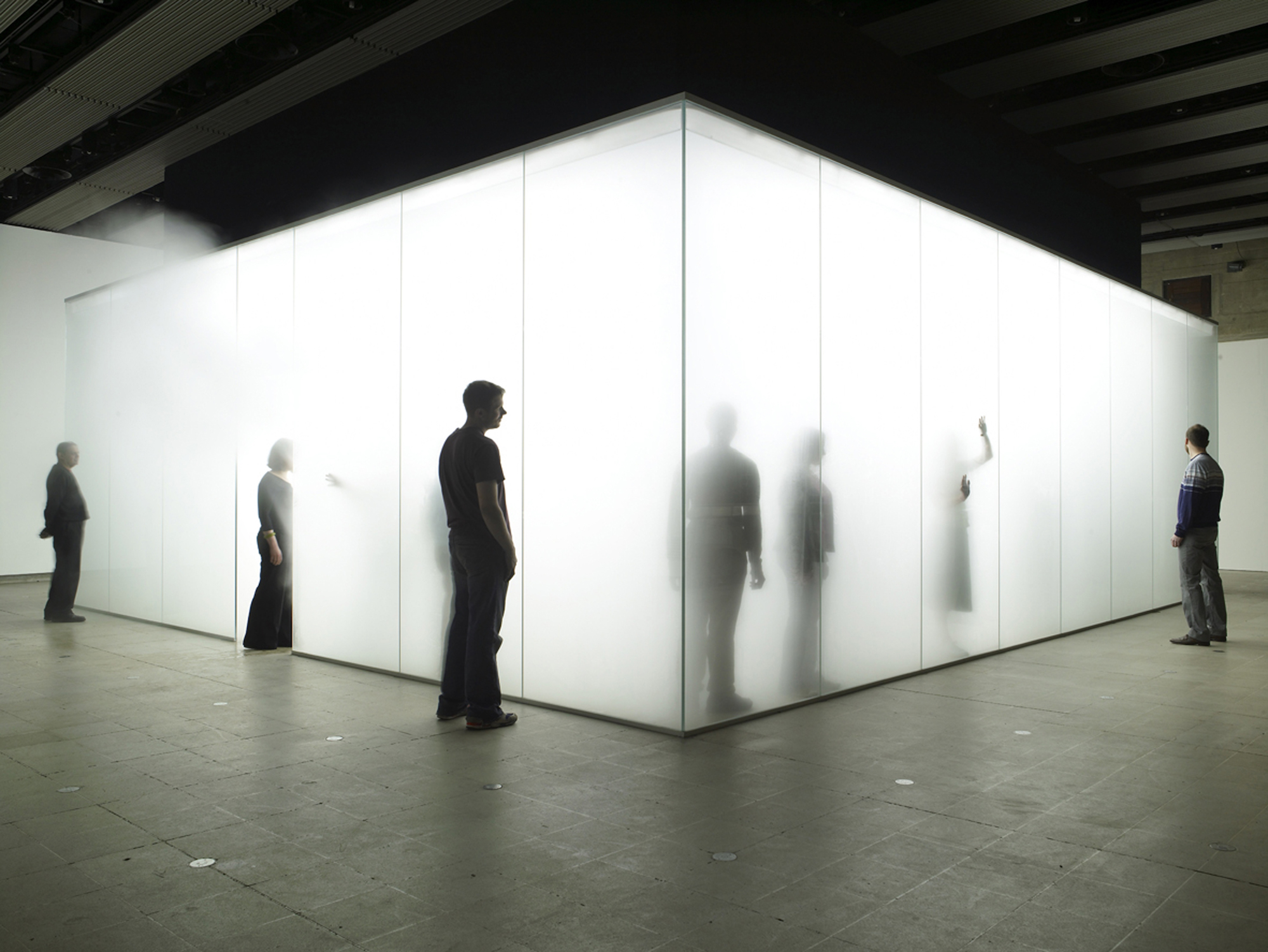
There is a strange intimacy to the nightclub dancefloor, where unfamiliar faces and bodies move in unison to the music. This easy proximity with strangers works only under the cover of darkness, where the low visibility loosens inhibitions, and the early hours before the morning seem momentarily suspended in time. Suddenly, a cloud of dry ice envelops the room— a cheap nightclub trick. The fog obscures vision even further. It is difficult to imagine this same experience of unseeing closeness taking hold anywhere else without the rapid onset of panic, and it is precisely this private acceptance of the loss of control that fuels the euphoria of the nightclub.
When Antony Gormley created the immersive installation Blind Light in 2007, that tension between the individual and the crowd—and between self-awareness and self-erasure—was surely on his mind. For the installation, he filled a brightly illuminated glass room with mist and invited viewers to enter into it. Commissioned as part of his exhibition at London’s Hayward Gallery, for which he also placed thirty lifesize casts of his body on the rooftops of buildings and on nearby Waterloo Bridge, it expanded his ongoing formal exploration of the body through sculpture into something more spontaneous.
I remember visiting the exhibition, Gormley’s first major showing in a public gallery in London, when I was seventeen years old. Already familiar with Gormley’s public sculptures (notably his Angel of the North, which towers over the A1), as a teenage girl I found myself unmoved by his evident fascination with the geometry of the male figure; his own Vitruvian Man for the modern world. In the opener for his review of the exhibition for the Telegraph at the time, even Richard Dorment didn’t mince his words on the subject: “In terms of his career, it really was time for Antony Gormley to pull the rabbit out of the hat. He has been exhibiting casts of his own body for 25 years now, and frankly the subject has worn pretty thin.”
“Ghostly figures appeared and disappeared amidst the fog, feeling their way towards unseen edges“
In Blind Light, however, Gormley introduced new, other and different bodies into the mix. Inside the brightly lit box, ghostly figures appeared and disappeared amidst the fog, feeling their way towards unseen edges. Outstretched hands pressed against the glass like zombies, blindly determined and yet rendered helpless by the mist. Upon finding their way to the exit once more, strangers who had just momentarily before brushed fingers blinked with the sudden return to reality, keeping a polite distance from one another once more.
I entered the mist with my arms stretched out in front of me, thinking they would steer me around any obstacles I encountered. Unseeingly my hands touched unknown faces and shoulders, which shocked me even though I was completely obscured by the fog. I quickly put my arms back down by my sides, and wandered forward. Unable to see anything further than a foot in front of me, the experience of being lost in a public place reminded me of childhood.
Even amidst the crowd, I found that I felt totally alone. Gormley himself likened the experience of Blind Light to being on top of a mountain or at the bottom of the sea, but for me the feeling of isolation was heightened not by the removal of other people but by their very noisy, tactile presence.
Like on the dance floor, it was the crush of bodies around me that meant I could finally lose myself. After all, it is when we accept a certain loss of control that it can be easiest to make a connection.
